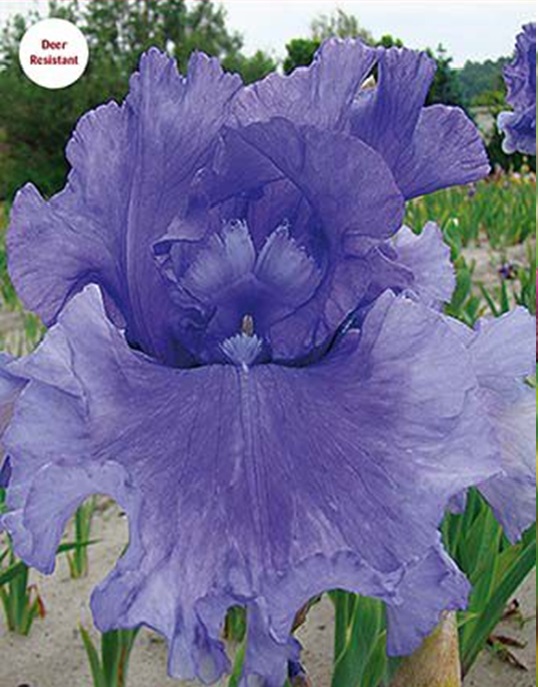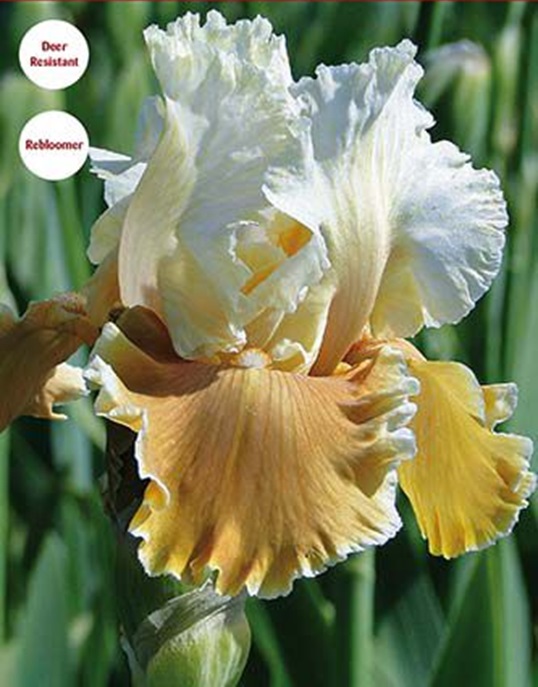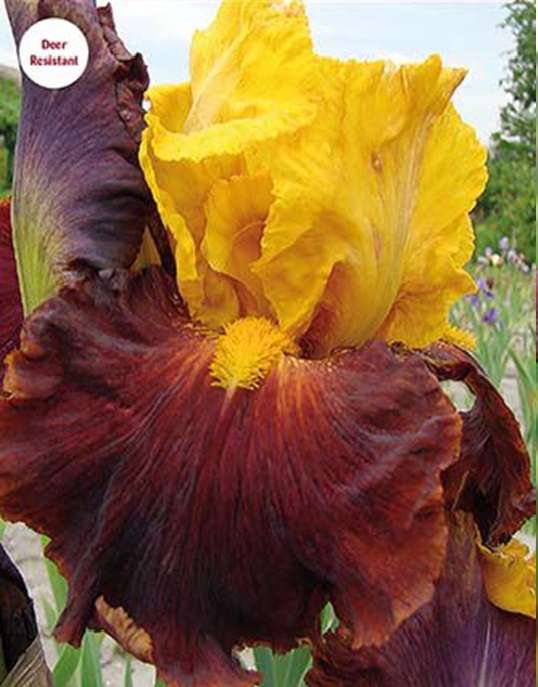
Their long, slender stems and big, showy blooms make bearded irises one of the most beloved spring flowers. Sometimes also called "Flags," bearded irises are grown from rhizomes, fleshy, root structures you plant just like bulbs. With a little preparation and care, these beautiful flowers will grace your garden for years to come!
Prepare the Soil: Work in Colorado’s Choice B.O.S.S. or another organic compost into the soil before you plant your irises. Make sure the soil is loose and pliable. Soak the Rhizome: Soak your rhizomes in bowl of water with one or two small drops of dish soap for 5 to 10 minutes before planting. This re-hydrates the rhizome and gets it ready for planting.
Aphids and other pests sometimes stowaway in the nooks and crannies, but soaking the rhizome beforehand will take care of that, too. Plant in Full Sun: Irises love the sun. Be sure you pick out a spot where they’ll get at least to 6 to 8 hours of direct sunlight everyday.
Plant the Irises: Irises always backup at the heel, so plant all your irises pointing in the same direction. For the best coverage, plant them in groups of three in a triangle pattern. Irises do like a little bit of breathing room, so space them 16 to 18” apart. It’s a common mistake to plant irises too deep. Irises should be planted just below the surface of the soil. Be sure that the tops of the rhizomes are just peeking out from the ground and pat down the soil around them.

Water: Irises do need extra moisture when first planting to get established, but over-watering is a common problem for irises. Check the soil frequently to make sure it’s not too wet. If iris rhizomes stay in wet, boggy soil, they can rot.
Divide: Each year, the iris will produce new rhizomes which will in turn produce even more leaves and flowers. But eventually, the original rhizome dies, which will cause a big decline in flowering. Because of this, you should plan on dividing your irises in the late summer ever three or four seasons.
Just carefully dig up the rhizomes, making sure to get as much of the roots as possible, then gently pull them apart. Throw away any dead or decayed rhizomes and keep the good ones. A good rhizome should be about the size of your thumb and have some healthy looking roots on the bottom and leaves on the top. Then, just plant the good ones just like you did before.
GALLERY OF BEARDED IRIS






